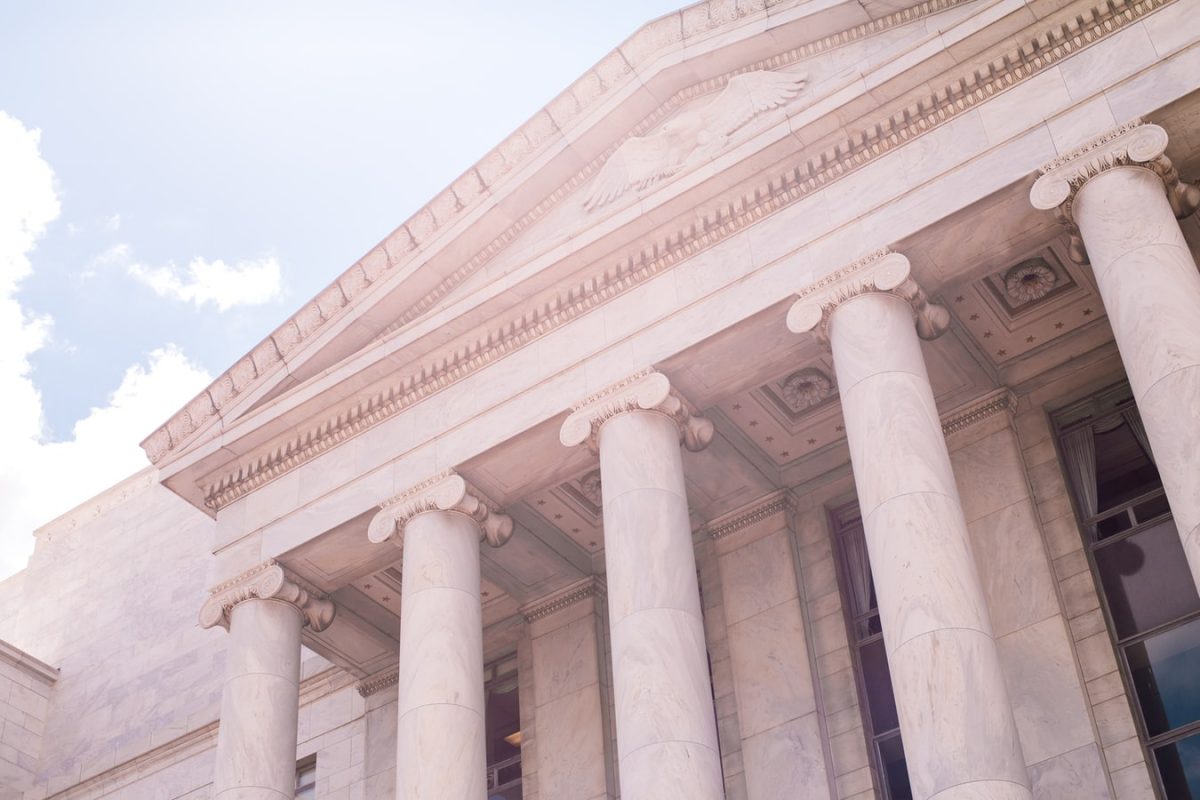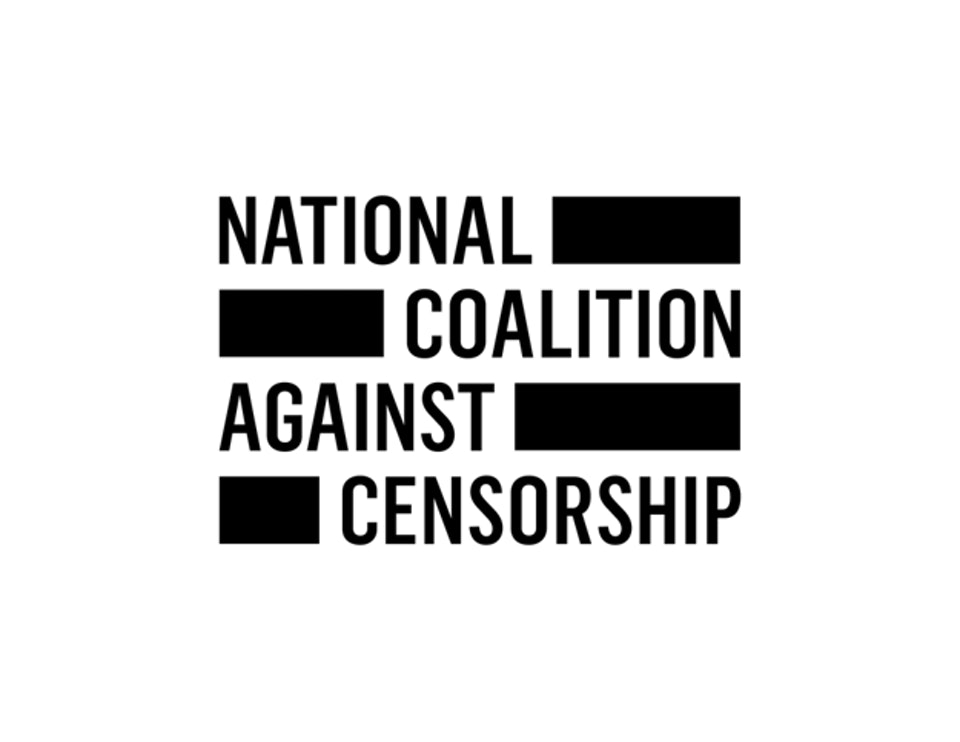
Arguments over the inclusion of critical race theory in schools have been blanketing the news for several months. Bills regulating what concepts are allowed in schools have sprung up in multiple states and at the federal level. With so many bills proposed, it is hard to keep the argument straight. Unfortunately, many of these changes will trickle down and negatively affect graphic novels in education.
Two recent articles help clarify the situation. The Foundation for Individual Rights in Education (FIRE) posted a helpful guide to the critical race theory debate that has been spreading across the country among legislators and school boards. The second article is a non-partisan coalition statement we co-signed with the National Coalition Against Censorship (NCAC) and others, explicitly pointing out the dangers of enacting legislation targeting “divisive concepts.”

13 Important Points in the Campus & K–12 ‘Critical Race Theory’ Debate
FIRE’s “13 Important Points” is a crucial article for understanding the issue of current legislation targeting so-called critical race theory. As they mention in the article, “The reality is, as usual, complicated.”
This piece cuts through the noise from both sides to examine what is actually happening and what is at stake. There is no favoritism here, and it is a well-researched and thought-out non-partisan look at the issue and how it’s affecting the future of our education.
I urge you to read the complete article.
The 13 points:
- There are dozens of these bills, with possibly hundreds of amendments.
- Laws that bar the teaching of certain concepts or materials relating to race and gender in higher education are almost always unconstitutional and are contrary to a free speech culture.
- Students’ rights to free expression and freedom of conscience should be the first priority in the K-12 context, and public K-12 students should be afforded greater recognition of their First Amendment rights.
- K-12 curricula are not suddenly political. They have always been political.
- Most of the divisive concepts bills aimed just at K-12 are probably constitutional, given that legislatures have a lot of power to decide curriculum. That doesn’t mean they are above criticism.
- Banning specific curricular materials like The 1619 Project in public K-12 schools, whether or not you agree with doing so, is within the power of the government in many states.
- Misleading reporting has muddied the waters.
- Proponents and critics of the divisive concepts bills are largely talking past each other on the issue.
- Legislation is not the only way to address the aforementioned concerns.
- Critical race theory isn’t a perfect term for the problematic behavior these bills are trying to address.
- The California ethnic studies curriculum helps demonstrate what the proponents of these bills are afraid of.
- What is the deeper cause of this battle? A breakdown in societal trust and trust in expertise, particularly along partisan lines.
- There are going to be lots of lawsuits.

Non-Partisan Coalition Statement Opposing “Divisive Concepts” Legislation
CBLDF recently co-signed the “Non-Partisan Coalition Statement Opposing ‘Divisive Concepts’ Legislation,” along with 11 other organizations urging states not to silence specific ideas. The statement is broken down into five sections explaining why silencing thought is a bad precedent to set. The abbreviated reasons are:
- First Amendment principles forbid censorship based on ideological viewpoint.
- The proposed bans conflict with well-established requirements that students be exposed to different interpretations of history and learn to think critically about them.
- The language of the laws is often vague and thus would chill academic freedom.
- Implementing an absolute ban on the discussion of certain concepts imposes State indoctrination.
- The laws may set a dangerous precedent of political manipulation of the curriculum.
How This Will Affect the Comics Community?
Why is CBLDF keeping an eye on the recent legislation, and what does this have to do with comics? A majority of the censorship challenges comics face today occur in schools and libraries across the country. These bills sow confusion and stop the conversation in its tracks, creating a cooling effect for teachers.
Cooling off on select topics increases the chance of work covering these topics either officially or unofficially removed from the curricula. The language is broad enough that graphic novels covering subjects like race or gender would be targeted works.
This could lead to the removal of graphic novels that have been challenged in the past — March, Kindred, Drama, This One Summer, American Born Chinese, not to mention more recent unchallenged graphic novels such as The Black Panther Party: A Graphic Novel History or Across the Tracks.
All these graphic novels are at risk if we silence specific ideas and don’t allow critical thought in our schools. I think FIRE’s 13 Points sums it up best,
Who’s going to win? I can’t say for certain, but it’s most likely not the children.